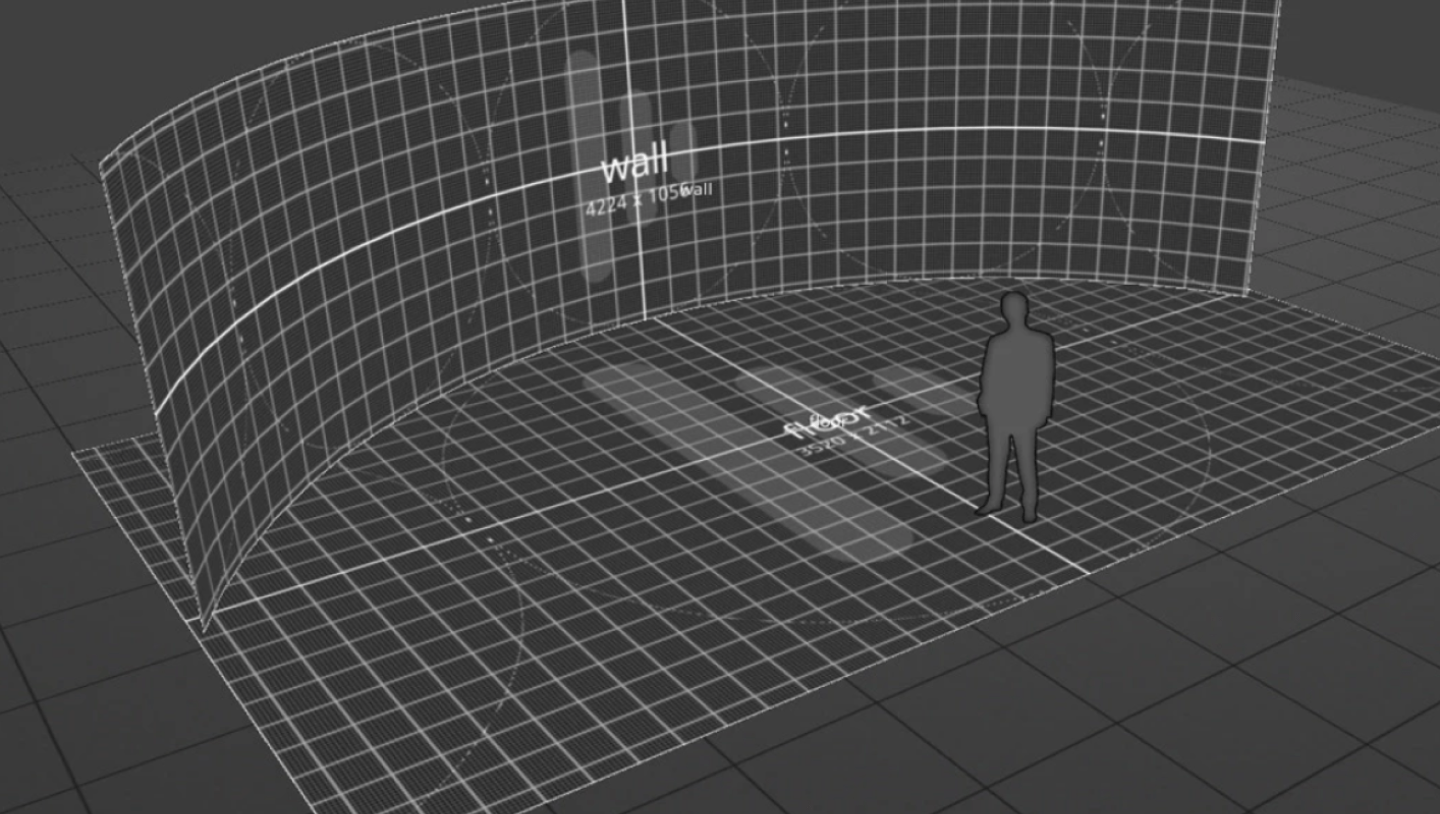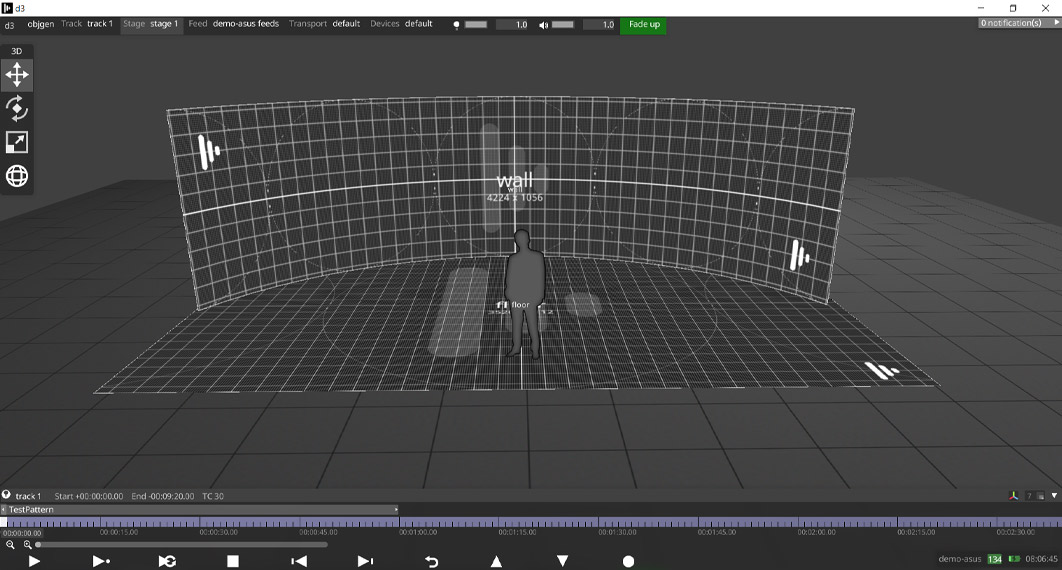How to quickly build a 3D model of your LED stage
Extended Reality
Software

Frustrated with the complex 3D modelling tools on the market, Marcus Bengtsson, our Head of Technical Solutions in Los Angeles, wrote a quick and simple OBJ file generator that automates the tedious task of building an accurate 3D representation of your LED stage in a matter of seconds.
If you want to create an xR project in Designer, the first step is to build a 3D representation of your physical LED space. The 3D models we use for this are called OBJ files and need to replicate your real-life stage as accurately as possible.
There are plenty of tools that you can use to create these 3D models and they're all part of the standard production workflow that our community uses, however, due to the complexity of these tools, the learning curve is typically quite steep.
Marcus Bengtsson spends most of his time completely immersed in the Disguise workflow, supporting clients on complex projects. To address users’ more specific needs, he also sometimes develops solutions that perfectly complement the core Disguise Designer software. Such was the case with OBJen - a 3D OBJ file generator that helps you quickly and easily build a 3D representation of your LED stage and visualise it in Designer.
OBJen takes the tedious task of calculating the coordinates of your physical LED volume and generating an accurate 3D representation of it, so that you can easily plug and play into Designer or other 3D modeling software. Marcus tells us the story behind the OBJen below

Why I created an OBJ file generator
I was recently faced with a project where I needed to create a 3D model of a curved LED screen to be used inside Designer. Although this should be a simple job, the inherent nature of existing 3D tools makes a simple task like this unnecessarily complex and time-consuming. The old saying about using a sledgehammer to crack a nut comes to mind.
In the absence of a quick solution to my problem, I decided to create my own. So I took an old piece of code I had laying around that was originally meant to be an LED screen calculator, and further developed it to automatically generate a 3D model of my LED screen in just a couple of quick and easy steps, based on the size, curvature and resolution of my physical screen.
Who is it for?
Originally it was only for myself, but as I mentioned the idea to a couple of friends I realised I wasn’t the only one who was feeling frustrated. I polished the code and UI a little bit and released it to the Disguise community back in December of 2021. I quickly got lots of great feedback and ideas for further development.
It is not meant to replace other industry-standard modeling tools out there. Instead, it is a quick and simple solution for those who regularly use Designer and who just want a quick and easy way of creating relatively simple 3D models
How does it work?
Simple! The only thing you need to do is input the width, the height and the desired curvature of your physical LED screen along with some information about the size and resolution of the LED tiles you use. At the end of the day, an OBJ file is just a collection of points in 3D space, so as long as you have the data necessary to calculate those points it’s simple to generate a file from them. So once you fill in all this data, OBJen will automatically generate an OBJ file of your screen which you can import straight into Designer or other 3D modeling software in case you need to modify any aspects of your OBJ file further. The OBJ file is even UV unwrapped and normalised, so it’s literally plug and play into Designer.
An engineer’s solution to a problem
If there’s one thing that I’ve learned from this experience is that you don't always have to rely on existing software to solve a very specific problem when you have the capability to build your own. A lot of people out there are writing small pieces of software to solve small problems that they face on a daily basis. That’s really how Disguise as a software started once upon a time as well. To me, it emphasises that if you need to solve a problem, sometimes you may rely on existing solutions but other times you will have to solve it yourself. And, hopefully, you'll learn something along the way.
What’s next?
Anyone can get started with OBJen here. Just download your 3D model and import it into Designer to start visualising your virtual LED space.